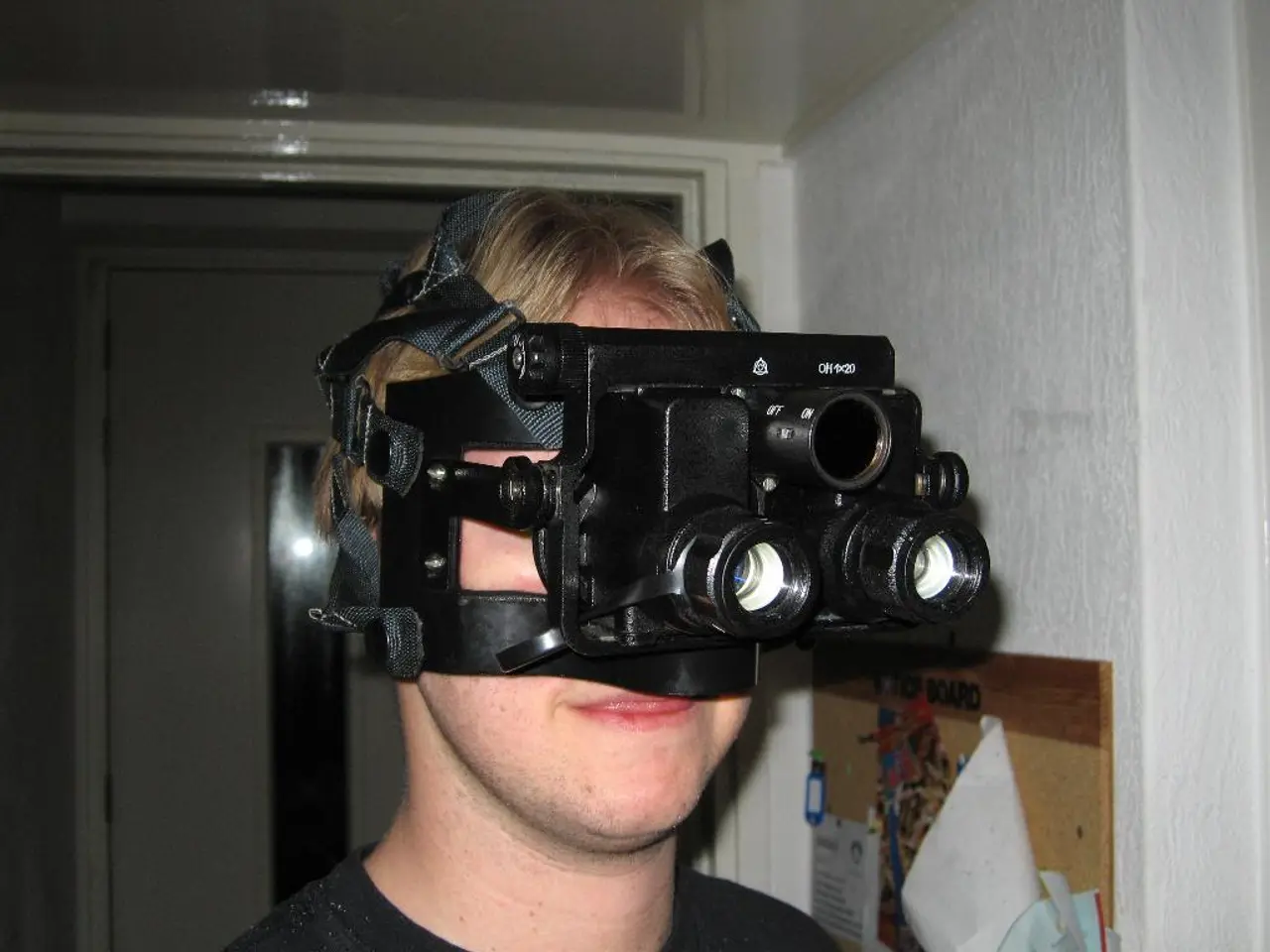Advantages of Virtual Reality Applications in the Construction Sector
Virtual Reality (VR) technology is making waves in the architecture, engineering, and construction (AEC) industries, offering a host of benefits for construction projects.
Applications of VR in Construction
From visualizing the construction site, planning for logistics and resources, to simulating and testing different construction scenarios, VR technology is being used to optimize construction processes, reduce labor costs, and improve project efficiency. Moreover, it's being employed to create 3D models of proposed construction projects, providing a more immersive and interactive experience for construction workers and professionals.
Challenges and Solutions
Implementing VR in construction isn't without its challenges. Ensuring compatibility with existing software and hardware systems is one such hurdle. However, best practices for VR implementation include conducting a thorough needs assessment, developing customized VR content, integrating VR with Building Information Modeling (BIM) models and 3D data, piloting VR solutions with users, training instructors and facilitators, and leveraging VR for safety training and risk simulation.
Streamlining Construction Processes
Integrating VR software solutions into a workflow can help streamline construction processes and improve collaboration between team members. It can also aid in project planning and inspection, helping to ensure that projects are completed on time and within budget.
Cost Considerations
The cost of a normal VR system can vary depending on the quality and features of the system, with high-quality systems costing between $500 and $4000. Managing costs and ensuring a positive return on investment (ROI) is a consideration when implementing VR in construction.
Remote Inspection and Collaboration
VR technology is being used for remote inspection of construction sites, saving time and money by allowing inspectors to view the site without having to travel to the location. It also enables remote collaboration between geographically dispersed teams for design reviews and problem-solving without physical presence.
Selecting the Right VR Hardware
Selecting the right VR headset is an essential part of VR implementation. Popular options include the Oculus Quest 2, HTC Vive, and Microsoft HoloLens.
Safety Training and Risk Reduction
VR can be used for virtual reality safety training, reducing the risk of accidents and injuries on the job site. It can also help reduce rework and costs by allowing teams to identify potential issues before construction begins.
In the evolving landscape of construction, VR technology holds immense potential to revolutionize the industry, enhancing safety training, design accuracy, efficiency, and communication throughout the project lifecycle. Emphasizing realistic, trade-specific content and integration with BIM models is key to maximizing VR's benefits in construction.
- To optimize construction processes and reduce labor costs, VR technology is being employed for visualizing construction sites, planning logistics, simulating different scenarios, and creating 3D models.
- Implementing VR technology in construction comes with challenges, such as ensuring compatibility with existing software and hardware systems. Best practices include conducting a needs assessment, developing customized VR content, integrating with BIM models, piloting solutions, training instructors, and leveraging it for safety training and risk simulation.




